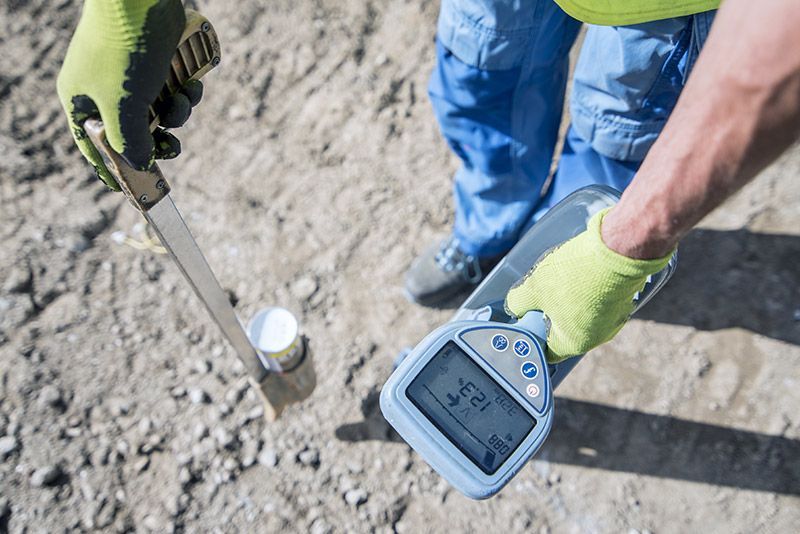In order to locate underground utilities such as gas, water, telecommunications, stormwater, electricity, and sewer piping, you need to determine the correct procedure that will allow you to locate your utilities. Understanding where particular underground utilities are can save you serious amounts of money in the long run, while also reducing the length of your project. If you require cable and pipe locating services, there are a wide variety of methods that can be used depending on the size and location of your project.
Electronic Locating
Electronic locating is a widely implemented method of cable and pipe locating and allows a contractor conducting the locating to understand the exact depth and alignment of underground utilities. Electronic locating equipment uses electromagnetic frequencies to detect these utilities. These frequencies are located from a transmitter and receiver that omit and detect electromagnetic waves. There are three ways to conduct electronic locating; clamp induction, direct connection, and dropbox induction. This method of cable and pipe locating can be applied before any excavation project that is excavating above functional underground utilities.
Ground Penetrating Radar
Ground penetrating radar (GPR) is an underground utility locating technique that implements a geographical survey method that uses electromagnetic radiation pulses to uncover the pipes and cables below the ground. Now, this method doesn’t require any excavation and isn’t intrusive while also being able to examine other materials such as asphalt, concrete, and granite. GPR can effectively detect a range of metallic and non-metallic materials but works best if there is a significant difference in electrical properties of each material being surveyed. Whether your excavation project is residential, commercial, or industrial, GPR can detect any and all underground utilities so you aren’t left with a significant utility repair cost.
Hydro Excavation
Hydro excavation is the process of utilising pressurised water; whether hot or cold, from a vacuum truck and start removing or moving soil to access to underground utilities. Hydro excavation is regarded as the safest excavation method when compared to traditional excavation techniques as minimal damage is caused to the utilities underground while also decreasing injury rates. Hydro excavation can be used in a variety of working environments including landscaping, pole, sign and line service installations, and many more.
Looking for Experienced Contractors to Locate Your Underground Utilities? Contact CableNet Industries
Are you looking to replace one of your underground conduits or starting an excavation project, give the team at CableNet Industries a call today or fill out our online enquiry form to discuss your project and how our cable and pipe locating methods can assist you. With over 50 years of experience, we know we can deliver leading service for your project.

